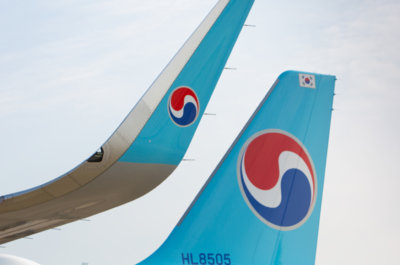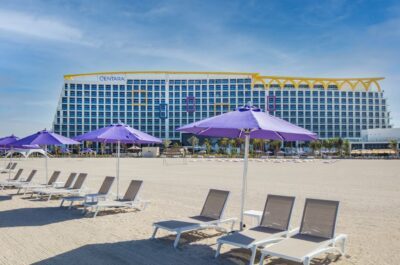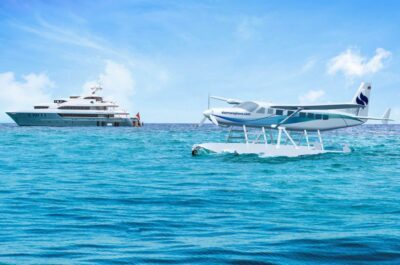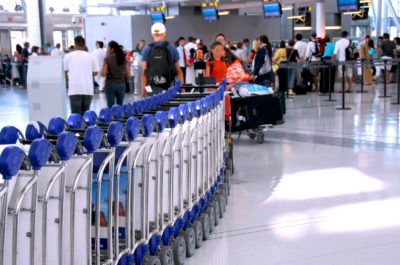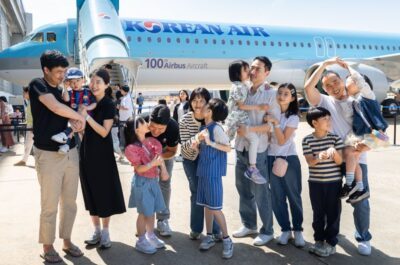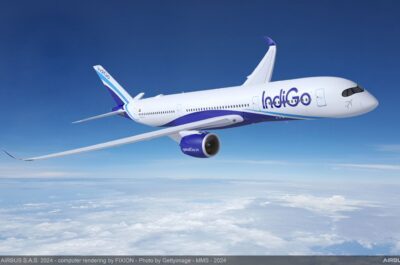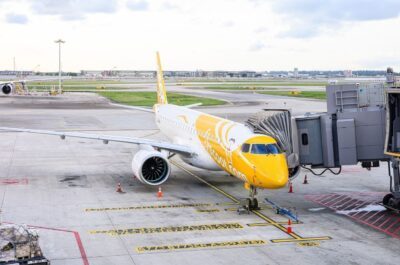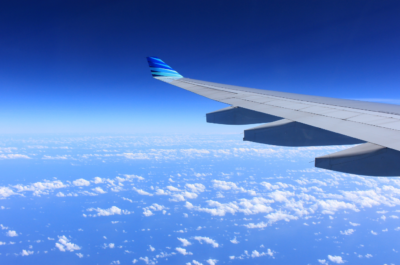Despite the fact that Cathay Pacific Management highly praises the return of Hong Kong to Mainland China, the airline is entering into a turbulence zone in the short term with a loss of HK$ 935 million (US$ 120 million) for the first half year of 2012.
HONG KONG- It was last June only: following IATA Annual Conference, John J Slosar, CEO of Cathay Pacific Airways Limited highlighted in an interview with China’s official news agency Xinhua the tremendous benefits that Hong Kong enjoyed following its return to Mainland China. “The aviation story in the development of Hong Kong in the past 15 years has been a fantastic one. The growth in flights, in destinations and in passengers has all been fantastic,” explained Slosar to Xinhua. The main reason to Hong Kong air transport’s prosperity ? In his eyes, Hong Kong reversal to China has been the most important factor as it generated a huge amount of interest among Chinese passengers to visit the former British colony. Chinese tourists represent today 70 % of all visitors arrivals to the SAR. It then helped the city to expand its air network into the mainland in a big way.
“We are fortunate to base here where Hong Kong is very much in the middle of Asia and now a part of China. Half of the world population lives within a 5 hour flight of Hong Kong so there are lots of reasons for people to be coming to and through Hong Kong,” Slosar added to Xinhua. “As long as the mainland economy continues to be strong, Hong Kong will have a role in helping that to happen and Hong Kong will achieve prosperity by playing that role,” said he.
Cathay benefited specially of connections’ build-up into Mainland China. Back to 2006, Hong Kong carrier took over 100% share of Dragon Air, a regional affiliate that it only partially owned. Dragonair serves some 20 destinations in the Mainland with 400 flights/week. The financial deal helped tripling the number of passengers in transfer between China and Hong Kong since 2006 to over three million today. Cathay Pacific also built strategic partnership with Air China, one of the major airlines of China. The airline is a share holder in Air China Cargo, which operates in Beijing and Shanghai.
Optimism officially prevails following the approval by Hong Kong authorities of the construction of a third runway at Hong Kong International Airport. This will help Hong Kong to grow the number of air movements per hour. With a new terminal expansion, the airport will be able to accommodate 97 million passengers a year by 2030 instead of 54 million currently.
According to Slosar, Cathay Pacific will consequently renew and enlarge its fleet by another 90 aircraft over the next seven years, the carrier currently having over 130 aircraft.
If growth perspectives in the long term remain favourable, the carrier however recently entered into a zone of turbulence. Its profit dropped considerably last year. Last March, Cathay Pacific announced that its adjusted attributable profit felt by 50.1% compared to 2010. The airline was affected by the troubles in the world economy and perspectives for 2012 remain dimmed as Mainland China’s main trade partners feel the pinch of the recession. Like other airlines, Cathay is also suffering from rising jet fuel prices. In 2011, gross fuel costs soared 44.1% from a year earlier, or more than 12 billion HK dollars.
Cathay’s passenger revenue for 2011 was 67.78 billion HK dollars, an increase of 14.2 percent compared with 2010. Cathay and its subsidiary airlines Dragonair carried a total of 27.6 million passengers last year, a rise of 2.9 percent compared with 2010.
Year 2012 looks indeed even more challenging. On August 8, the Cathay Pacific Group reported a loss of 935 million HK dollars (about 120 million U.S. dollars) for the first half of 2012 on Wednesday. The airline attributed its bad financial performance to a combination of higher fuel prices, lower passenger yields and weak air cargo demand.
The loss is to be compared to a profit of HK$ 2.8 billion during the first half of 2011. At a press conference last Wednesday, Cathay Pacific Chairman Christopher Pratt said the interim result was “disappointing”. Fuel spending reached a new height, accounting for nearly half of Cathay’s total operating costs. Despite a rise in total passengers carried by both Cathay and Dragonair, yields remained under pressure.
In response to these challenges, Cathay Pacific introduced various measures such as redeploying its capacities by reducing the number of flights, changing schedules, freezing recruitment and accelerating the retirement of older, less fuel-efficient aircraft such as Boeing 747-400. The airline will put in service 19 new aircraft with a bigger capacity and longer range. Among changes in its network, the airline reduces its capacity on transpacific routes. However, regional affiliate Dragonair resumed or introduce flights to six destinations — Xian, Guilin, Manila-Clark, Cheju, Taichung and Chiang Mai. It plans to launch flights to Kolkata and Haikou later in the year.
Luc Citrinot a French national is a freelance journalist and consultant in tourism and air transport with over 20 years experience. Based in Paris and Bangkok, he works for various travel and air transport trade publications in Europe and Asia.















